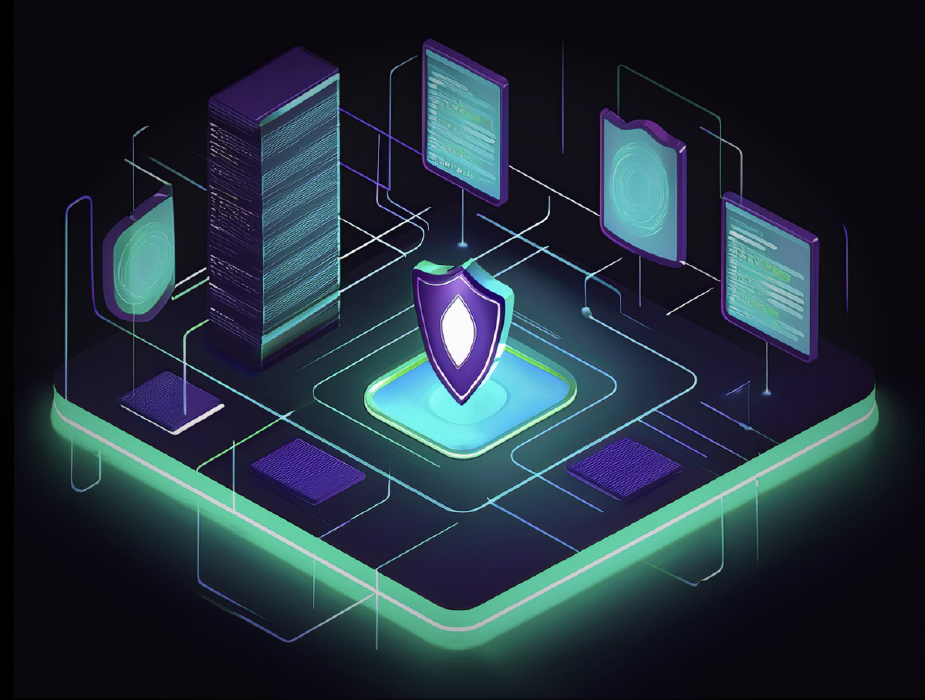Join our newsletter


Key takeaways
1. Enhanced Visibility: CAASM provides a centralized view of all IT assets, including unmanaged or hidden ones, helping organizations better control their attack surface.
2. Improved Risk Prioritization: CAASM uses advanced analytics to prioritize vulnerabilities based on their potential impact, allowing organizations to focus on the most critical threats.
3. Regulatory Compliance: CAASM helps organizations meet regulatory standards (e.g., GDPR, HIPAA) by identifying non-compliant configurations and providing evidence of security controls.
4. Reduced Risk of Cyberattacks: By identifying vulnerabilities early, CAASM helps mitigate the risk of data breaches and other cyberattacks, enhancing overall security.
5. Cost Efficiency: CAASM automates many security tasks, optimizing security spending and reducing the need for extensive security staff.

Cyber Asset Attack Surface Management (CAASM) is a comprehensive approach to identifying, assessing, and managing an organization's entire attack surface.
By providing visibility into all IT assets, CAASM enables security teams to prioritize their efforts and focus on the most critical vulnerabilities.
Enhanced Visibility and Control
CAASM solutions provide a centralized view of an organization's entire attack surface, helping security teams to identify and track all IT assets, including those that may be overlooked or forgotten.
This visibility enables organizations to gain better control over their security posture and proactively address potential vulnerabilities. For example, CAASM tools can automatically discover and inventory all IT assets, including those that may be shadow IT or unmanaged devices.
This helps organizations to identify and manage hidden risks that attackers could exploit.
Improved Risk Management
By identifying and assessing potential vulnerabilities, CAASM helps organizations prioritize their security efforts and allocate resources effectively.
This enables them to focus on the most critical risks and reduce the likelihood of a successful attack. CAASM tools can use advanced analytics and machine learning to identify and prioritize vulnerabilities based on their potential impact and likelihood of exploitation.
This helps organizations to focus their resources on the most pressing security threats.
Enhanced Compliance
Many industries are subject to strict data privacy and security regulations, such as GDPR, HIPAA, and CCPA. CAASM can help organizations demonstrate compliance with these regulations by providing evidence of their security posture and control over their attack surface.
For example, CAASM tools can help organizations identify and remediate non-compliant configurations, ensuring that they meet regulatory requirements.
Reduced Risk of Data Breaches
By identifying and addressing vulnerabilities before they can be exploited, CAASM helps to reduce the risk of data breaches and other cyberattacks.
This can protect an organization's reputation, financial standing, and customer trust. CAASM tools can use threat intelligence to identify emerging threats and vulnerabilities, allowing organizations to take proactive steps to protect themselves.
Cost-Effective Security
CAASM can help organizations optimize their security spending by focusing on the most critical vulnerabilities and avoiding unnecessary investments.
By automating many security tasks, CAASM tools can help organizations reduce their reliance on expensive security staff and improve their overall security posture.
As the digital landscape evolves, organizations must adopt a comprehensive approach to managing their attack surface. CAASM provides the tools and visibility necessary to identify, assess, and mitigate risks, ensuring that organizations can protect their valuable assets and maintain a strong security posture. By investing in CAASM, organizations can reduce their exposure to cyber threats and improve their overall business resilience.